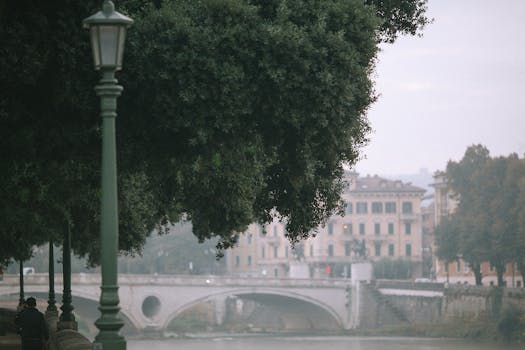
Urban Green Spaces: The Future of Outdoor Living in European Cities by 2025
Urban Green Spaces are becoming increasingly important in European cities as they provide a sustainable and healthy environment for citizens. Urban Green Spaces are not just limited to parks and gardens, but also include green roofs, walls, and urban forests. These spaces are crucial for mitigating the effects of climate change, improving air quality, and enhancing biodiversity.
Benefits of Urban Green Spaces
Urban Green Spaces offer numerous benefits, including:
- Improved air quality
- Reduced noise pollution
- Increased biodiversity
- Enhanced mental health and wellbeing
- Improved physical health through increased opportunities for outdoor activities
Examples of Urban Green Spaces in European Cities
Many European cities are already incorporating urban green spaces into their urban planning. For example:
- Paris’s Green Roof Initiative, which aims to cover 25% of the city’s roofs with green vegetation by 2025
- London’s Urban Forest, which has planted over 200,000 trees in the past decade
- Amsterdam’s Green Walls, which have reduced air pollution and improved biodiversity in the city
The Future of Urban Green Spaces
As European cities continue to grow and develop, the importance of urban green spaces will only continue to increase. By 2025, we can expect to see even more innovative and sustainable urban green spaces being implemented in cities across Europe. These spaces will not only provide numerous benefits for citizens but also help to create a more sustainable and environmentally-friendly future for generations to come.






